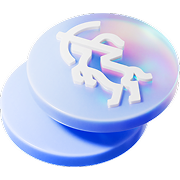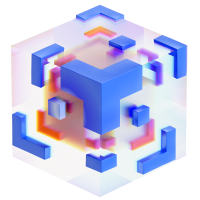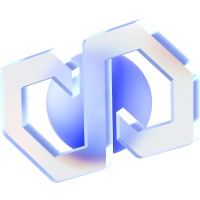The Future of Social Media on Web3

October 3, 2023
7 min read
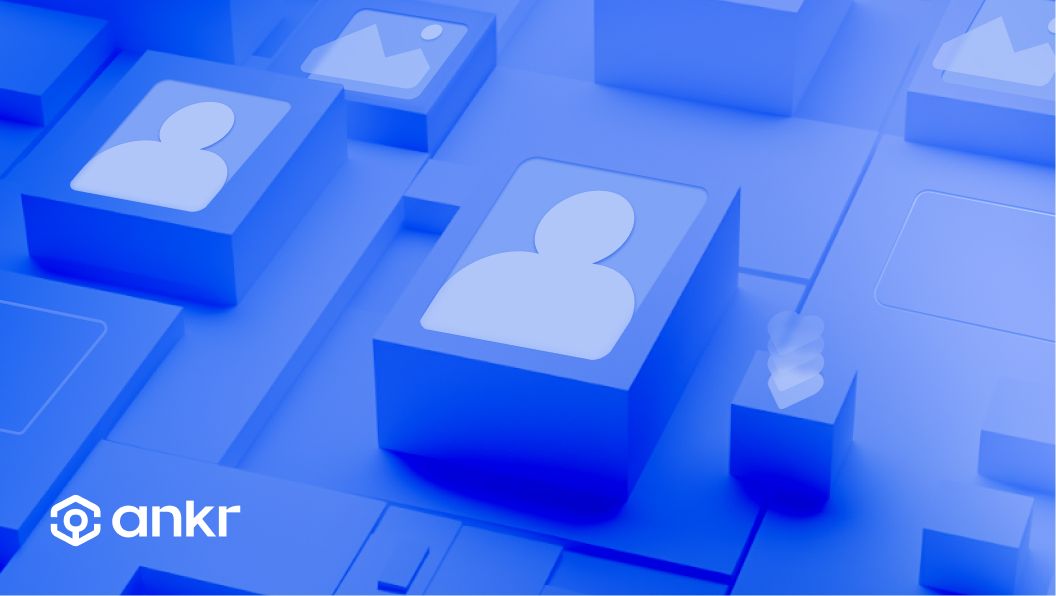
In many ways, social media opened the world’s eyes to what the internet could do. Early social platforms like MySpace allowed anyone to instantly share media in their own streamlined website-like space within a broader social network. It helped the majority of internet users make the jump from a “read-only” experience to one where they could “write” or share blogs, videos, tweets, music, and any other digital content they wanted (aka Web2). Most importantly, it gave people a safe place to connect with each other, moving the web from an exchange of information to a network of communities. Today, the new technologies of Web3 can offer social media users another level of experience – read, write, and own – and open the world’s eyes to what Web3 has to offer.
This article takes a look at the choice we have for the next generation of social apps, and how blockchain-based social networks can provide more benefits and power for everyday users.
On The Verge of Everything Apps
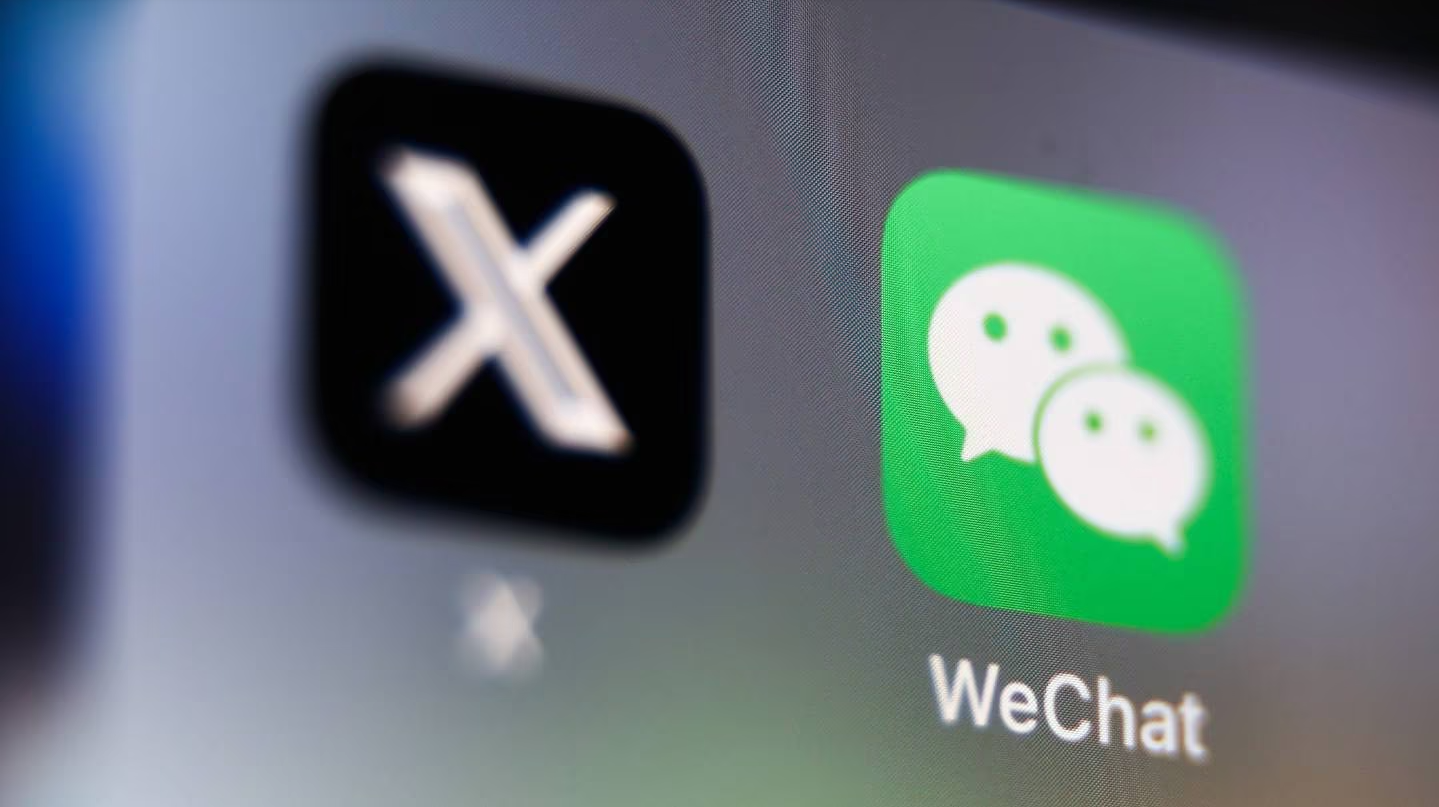 Source: Getty Images
Source: Getty Images
Recently, social media has begun its evolution into “superapps,” where social apps like WeChat don’t just allow you to connect with friends online, but also allow you to hail a cab, order food, pay your bills, transfer cash, shop, play games, book travel, and much more. Social media’s other biggest players, like Meta and X, are striving to integrate more features into their social platforms so they can capture as much revenue as possible and provide a formidable level of convenience. However, these conveniences come at a price – further loss of data ownership and control for users. By connecting on these dominant applications, users lose autonomy over their information and their communities. Before we dive headlong into the era of superapps, maybe we should consider if there is a better method of building social media that prioritizes the user in more ways.
Social Media’s Current Drawbacks
As the world’s largest platforms conglomerate more services, they accumulate more power. What are some of the areas of improvement we can look at when building better social apps?
Concentration of power, lack of transparency: Platforms like Twitter can be used to empower rebellion against corruption, as in the Arab Spring, or they can be used to silence voices, as uncovered by the Twitter Files – it all depends on the balance of control. Social media platforms haven’t always done a good job at transparency when it comes to who is pulling the strings, how algorithms are written, and how they collect and use data.
People as products: If you don’t pay for the product, you are the product. In many cases today, you pay for the product, and your data remains productized regardless. As your valuable data is harvested and shared among companies, there is little most people can do to claim ownership of their data and benefit from its monetary value.
Low incentives & distribution: Some influencers and creators on platforms like YouTube and TikTok can certainly earn huge sums, but in most cases, it takes an extreme level of effort to reach the point of reward. A new incentive scheme that favors every user will likely be a key differentiating factor when users choose from the next generation of social apps.
Solutions From Decentralized Social Media
If social apps can house entire economies, shouldn’t they integrate easier peer-to-peer transactions and more incentives for users? Let’s take a look at what Web3’s technology can offer both existing social companies and new decentralized social applications.
Decentralized power, open-source code: Blockchain-based social media provides a better opportunity to create frameworks that spread power over more parties, such as DAOs. Not being controlled by a single entity also makes apps more resistant to censorship and manipulation. This means that users can be more confident that their voices will be heard and that their data will be protected. Additionally, open-source code means that the code for decentralized social media platforms is transparent and accessible to everyone.
Enhanced data privacy & ownership: Decentralized social media platforms can give users more control over their data and privacy. For example, users can choose to share their data with the platform or not, and they can also choose to benefit from the monetary value of their data. Decentralized social media platforms can give users ownership of their data. This means that users can control how their data is used and who can access it.
Distribution of earned rewards: Decentralized social media platforms can create new incentive schemes that benefit all users, not just the top influencers and creators. For example, users could automatically receive rewards for their contributions, such as creating content, driving ad views, or opting into sharing data. Decentralized social media platforms can use blockchain technology to distribute rewards fairly and transparently. This ensures that users are rewarded for their contributions and that no single entity can control the distribution of rewards.
Additional benefits:
-
Social Fi: Web3 economic mechanisms like staking or yield farming embedded or gamified in social networks.
-
Flexible payments: As sending crypto on apps like Paypal and Venmo is now enabled, social media platforms can add more ways to pay and deliver rewards via digital currency.
-
NFT utility: On a broadly adopted Web3 social app, NFTs can live up to their full potential for granting access passes, selling unique digital merchandise, and much more.
-
Innovative development: Social media has looked more or less the same for some time now. Blockchain and smart contracts provide new scaffolding for developers to build innovation into social apps.
What Are Decentralized Social Media Apps?
Decentralized social media apps are social media platforms that are developed and owned in a more collective manner. They are built using blockchain technology, which means that they are powered by a network of servers (nodes) rather than a central server. This makes them more resistant to censorship and manipulation, and it also gives users more control over their own data. Additionally, blockchain-based social apps can make full use of smart contracts and cryptocurrency in formulating new experiences.
Some of the Top Social Media Platforms Using Blockchain
Friend.tech
Friend.tech has been at the top of the crypto community’s mind recently as it took the conversation on X by storm with those advertising they’ve joined and those searching for an invite link to the app’s Beta version. Friend.tech is a decentralized social media platform that allows users to tokenize their social influence and following. Users can create and sell "keys" to their account, which give buyers access to private chat rooms, exclusive content, and other features. Friend.tech is built on the Base blockchain, a Layer 2 solution for Ethereum.
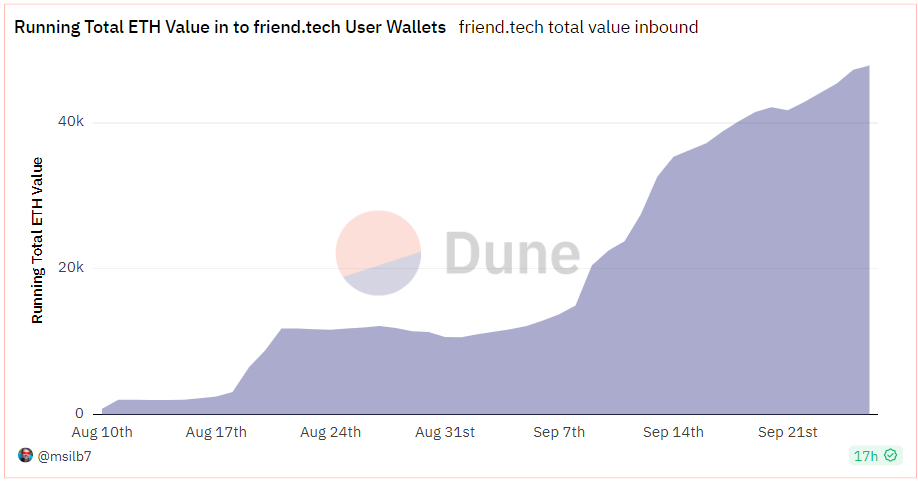
Source: Dune
Lens Protocol
Lens Protocol is a decentralized social graph on the Polygon blockchain. It allows users to own their own social data and relationships, and to interact with each other on a variety of platforms. Lens Protocol is still under development, but it has the potential to revolutionize the way that people use social media.
Galaxe
Galxe (formerly known as Project Galaxy) is a Web3 platform that empowers brands and developers to engage communities and build robust communities in Web3 across blockchains like Ethereum, Optimism, BNB Chain, Solana, and more. It’s decentralized infrastructure allows users to earn and own their on-chain credentials, which represent their contributions and achievements in the Web3 ecosystem.
Metaverse
Blockchain-based metaverse platforms are shared virtual worlds where people can interact with each other and with on-chain digital objects. It is often described as a combination of technology from the Web3, virtual reality, and augmented reality. The metaverse is still in its early stages of development, but it has the potential to revolutionize the way we work, play, and socialize.
Network Effect: Social Media Is Key For Web3 Mass Adoption
According to the 2022 India Internet Report by DataReportal, 61% of Indian internet users said that social media was the main reason they started using the internet. A similar trend was seen worldwide as social media became an important part of everyday life. Social media and the world of Web3 and crypto share the “network effect,” a phenomenon whereby the value of a product or service increases as the number of users increases. If we are able to build a successful and popular blockchain-based social media platform, we may be able to combine these network effects and springboard Web3 to mass adoption.
Build the Future of Web3 Social Media With Ankr
Ankr has built a complete suite of products designed to make developers’ lives easier when it comes to creating any decentralized application, including Web3 social media apps. Check out our full set of tools under the “products” dropdown and get to work building the future of social.
Final Thoughts
In conclusion, Web3 social media has the potential to address many of the problems that plague current social media platforms while adding innovative new functionality. By decentralizing power, enhancing data privacy and ownership, and distributing earned rewards fairly, Web3 social media platforms can create a more equitable and user-friendly experience for everyone.
Join the Conversation on Ankr’s Channels
Twitter | Telegram Announcements | Telegram English Chat | Help Desk | Discord | YouTube | LinkedIn | Instagram | Ankr Staking
